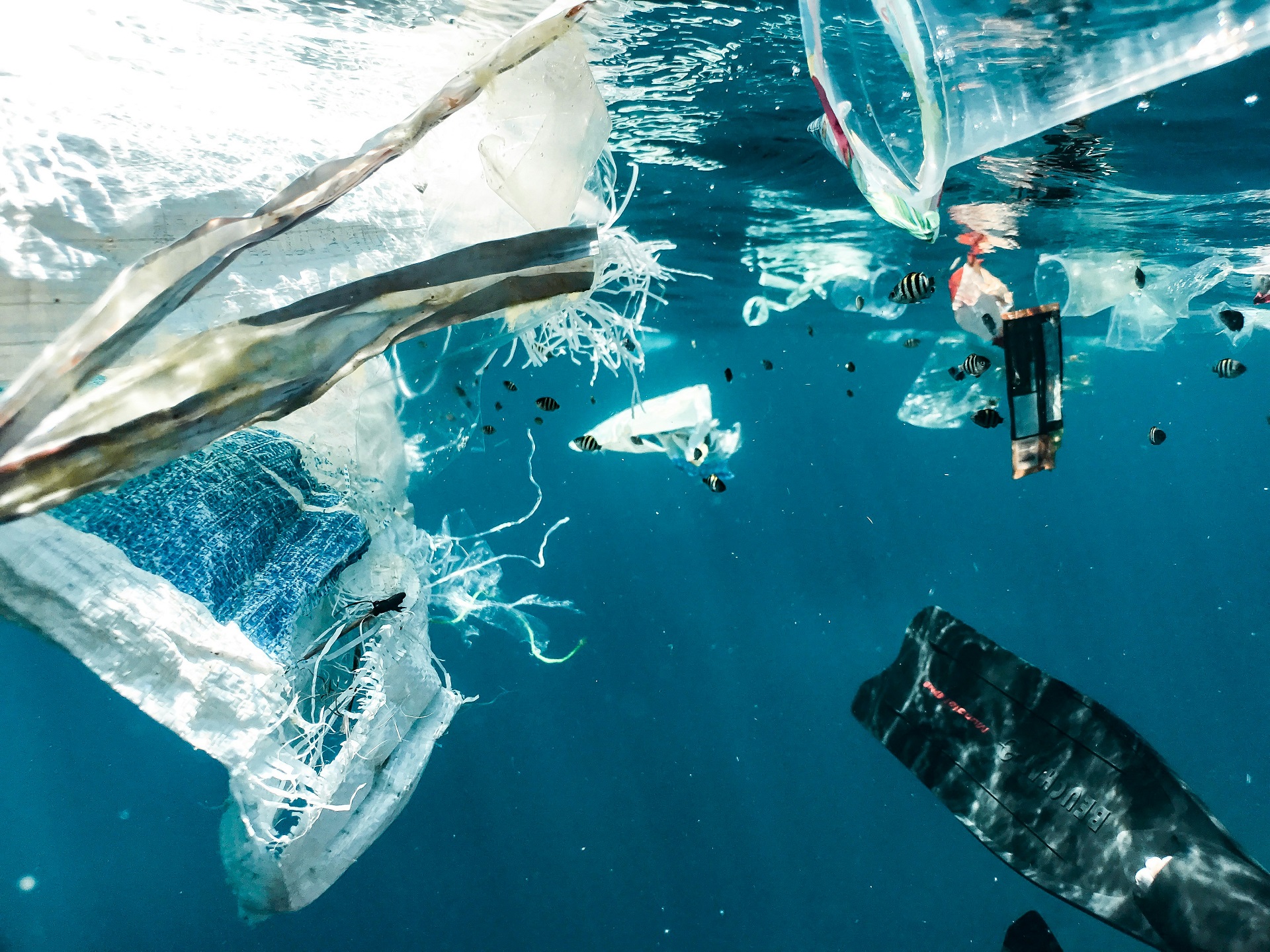By Ralf Roschlau
It is rare that a global environmental agreement is praised unreservedly by every EU member state, the US, China and the Africa Group. But precisely this happened last March, when all United Nations member states agreed on a legally binding UN High Seas treaty to protect the oceans’ biodiversity. NGOs also joined in the praise.
The high seas have always been spaces virtually free of regulation. For years, the UN has been wrestling with an environment protection agreement that, finally, it is putting into practice.
On 21 September 2023, the day that the agreement was ratified in the first instance, 70 member states became signatories.
This did not commit these states to any legally binding agreements, however. It was more an expression of intent to enact a nation-by-nation process of ratification, and states have declared themselves willing to be bound by the agreement from a later date.
The ratification process varies from one state to another. In Germany, the ratification framework requires legislation to pass through the Bundestag (German Parliament). The conclusion of the ratification process will be marked by the creation of an official document, signed by the Federal President and formally presented to the UN in New York.
When 60 member states have all presented their respective documentation, the new treaty will come into effect, and will be binding for signatory states.
Currently, about 8 per cent of national waters are protected around the world, but only 1 per cent of waters on the high seas enjoy this protection.







Leave a reply
Your email address will not be published.